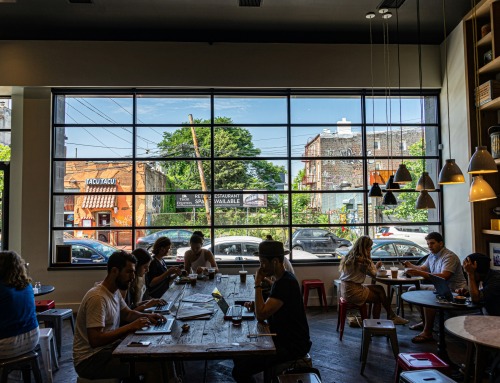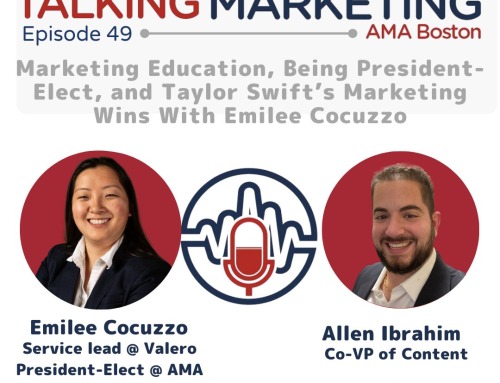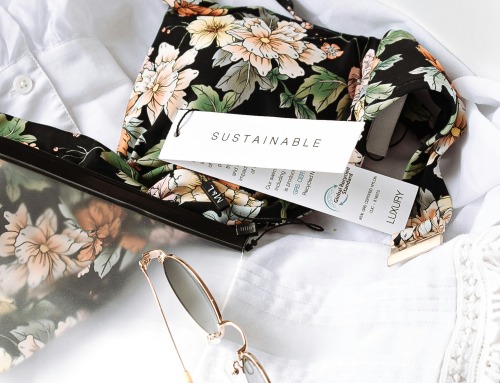For more than a year, excitement had been building around Keurig Green Mountain’s upcoming cold beverage platform, Keurig Kold, which was scheduled to launch in Q4 2015. The new appliance promised “fresh-made” servings of favorite brands or “new discoveries.” The expectations were high due to Keurig’s success in revolutionizing hot beverage brewing and strategic partnerships with leaders like The Coca-Cola Company. By the Q4 launch date, however, the hype had fizzled as Keurig released its $370 starting price for the Keurig Kold appliance.
I am skeptical about the future success of Keurig Kold in the U.S., like many people. Keurig’s pricing seems high, especially for an unproven technology, Sodastream has already captured the early adopters, and Americans are consuming less soda every year. But it’s easy to be skeptical. It’s harder to chart the way forward for a new product, given these obstacles. In that vein, here are four marketing strategies to help Keurig Kold succeed. (These strategies are applicable beyond Keurig, as they relate to effectively launching and marketing new innovative offerings.)
#1: Enable risk-free trials
Keurig Kold is a new and unfamiliar product and it carries a high price tag. And while it certainly gives Keurig credibility to offer brands like Coca-Cola, the quality of Keurig Kold is unknown. For these reasons, inducing trial is critical. Here are two ways.
First, offer a no-questions-asked, free-shipping, money-back guarantee. Keurig produces high-quality products, as we know from the hot beverage category. A 100% satisfaction guarantee would send a strong signal to consumers that Keurig believes in and stands by its product’s quality.
Second, create trial opportunities for target consumers. A key part of Keurig’s past success with its single-serve hot beverage brewers was making them available in offices to facilitate trial and build familiarity and trust, leading to purchases for the home. A similar strategy should be used with the cold beverage platform. Keurig should also go beyond the office and consider pop-up stores, for a fun surprise with social media amplification potential, and venues with higher-quality associations, such as business class lounges and boutique hotel lobbies.
#2: Redefine consumers’ expectations versus Sodastream
Especially for innovative product categories, there are major benefits to being the “second mover.” Sodastream as the first mover had to spend years investing significant resources to educate U.S. consumers and retailers about at-home cold beverage preparation. Keurig does not.
However, as evidenced by its 1% U.S. household penetration, Sodastream has struggled with its category-creating value proposition, based on critiques of lower-quality beverage flavors and inconvenient gas canister replacement. In effect, Sodastream has created a “perception deficit” about at-home cold beverage preparation from which Keurig must now dig out – while Keurig sells its own unique product.
For these reasons, Keurig must reshape how consumers think about the category that Sodastream has pioneered. First, Keurig needs to tell a credible and compelling story about higher quality. A Sodastream starts at $99, and consumers must understand and value the incremental quality improvements that a $370 Keurig Kold system signifies. While partnerships with companies like The Coca-Cola Company help to communicate higher quality, additional ideas could be blind taste tests vs. Sodastream or a Food Network spokesperson.
Second, Keurig needs to tell a story about convenience. To Keurig’s benefit, Sodastream households already know the hassle of replacing Sodastream gas canisters. And as another advantage for Keurig, almost 20% of U.S. households currently have a Keurig coffee brewer – which means those households likely associate the convenience benefit with the Keurig brand already.
Now Keurig must connect the dots for the rest of consumers. To be perceived as more convenient relative to Sodastream, Keurig Kold needs to emphasize the ease of its carbonated pods that do not require a gas canister and that can be purchased online for easy home delivery.
#3: Create a different and better drink “experience”
Keurig’s hot beverage platforms up-ended the brewing category because they offered a level of convenience and flavor variety that traditional brewers could not match. Keurig Kold still delivers the benefit of flavor variety, but its convenience benefit is limited when compared to options beyond Sodastream – is it really that inconvenient for me to open a can of Coke?
For this reason, Keurig Kold’s benefit proposition should focus squarely on a different and better drink experience compared with that of an ordinary can of Coke. Three ways to do this are content, community, and containers.
Content and community are linked because Keurig will want to create – and enable – content and a community around its growing variety of flavors. At a minimum, this means creating social media spaces where consumers can share things like drink recipes and “hacks” and where Keurig can provide unique content to stimulate the conversation, such as limited release flavors and consumer recipe contests. Cold drinks are typically more fun than hot ones, and Keurig should aim to highlight and enhance that cold drink experience.
Another way to improve and distinguish the drink experience is containers. Sometimes overlooked in their importance, beverage containers can have a material impact on how drinks taste and how we feel while we’re consuming them. Think about how pleasantly different it feels to drink a Coca-Cola in a vintage glass bottle versus a can. By offering beverage containers like mason jars and retro soda fountain glasses, Keurig has an additional avenue – and revenue stream – for making its drink experience different and better.
#4: Build Keurig’s own beverage brands
There are multiple reasons why Keurig has partnered with The Coca-Cola Company, but the primary reason is to offer its iconic brands to consumers. Keurig’s approach, therefore, of offering Coca-Cola and other name brands is spot on. This brand association should certainly help support Keurig Kold’s intended higher quality, premium position.
But it also means that Keurig must build its own beverage brands. The logic comes from the role and value of brands in communicating to consumers something more than the basic category benefits. Coca-Cola stands for something more than “cola,” and all of the beverages made by Keurig Kold must also aim to deliver more than the basic product benefits. Therefore, for beverage categories where an existing equity is unavailable or unattractive, Keurig must create its own unique brands – or risk failing to deliver on its higher quality value proposition.
Conclusion
Keurig Kold has a challenging path ahead, given the market’s “sticker shock” regarding its pricing. However, Keurig can increase its likelihood of success by reducing barriers to trial, redefining consumers’ expectations of the category, creating a unique drink experience, and building Keurig’s own beverage brands.






